Dry Skin … it’s something we all deal with.
But what is the best treatment of dry skin?
A lot of people think that there is a magical cream or formula which will moisturize dry skin and hands.
In Part 2 of Kira’s Pure Nail Oil™ Challenge article, you’ll discover how the whole beauty industry has sold us on their creams, lotions, and salves.
What’s interesting is that all we really needed to do was look at the human body for the solutions.
Kira’s photos show the stunning power Pure Cuticle and Nail Oil™ has in the treatment of dry skin. You can find Part 1 of this article here.
You can find her complete blog review is available at PrettyKittyNails.blogspot.co.uk
Kira’s Before & After
In 3 Days
Notice the wrinkles behind Kira’s cuticle line are significantly lighter!
Before & After
Notice the wrinkles behind Kira’s cuticle line are significantly lighter!
The skin on the right side is far more moisturized.
Ana’s Thoughts
Kira’s case study is so interesting. You can find Part 1 and Kira’s Thoughts here.
Can Pure™ really make a difference—as a treatment for dry skin and nails—for someone who fastidiously cares for her hands and nails to start with?
I absolutely love how transparent and thorough Kira’s review is by showing those awesome macro shots of her nails.
It’s so crystal clear how much her skin has healed and how healthy her nails are after only 3 days.
Our Body Has the Solution
Ok, I’m going to get all science speak and geeky here, so bear with me. I will make sense of this for you.
Your body’s natural oil is sebum. Image #1 shows the molecular structure of sebum.
Sebum contains a variety of different lipids, including cholesterol, glycerides, fatty acids, squalene, and wax and cholesterol esters, but the exact composition of sebum varies with a person’s age. [source: New Zealand Dermatological Society]
What Nature Provides
There are two amazing oils that are almost identical in chemical structure to sebum.
One is legal—Jojoba—and one is not—Sperm Whale Oil.
Illegal
Sperm whale oil is composed mostly of wax esters and a smaller proportion of triglycerides. You can see the molecular structure of this oil in image #2 below.
Sperm Whale oil was used extensively in the beauty industry until the US banned importing sperm whale oil in the early 1970’s. The beauty industry was forced to find a replacement and they found it in jojoba. When comparing image #2 to #3, you can see why.
Legal
Jojoba is chemically classified as a wax ester, and this structure sets jojoba apart from vegetable oils. Jojoba is a straight, unsaturated ester chain of fatty alcohols and fatty acids. This structure can be seen in image #3.
The esters which make up jojoba are very similar to the esters that make up about a third of human sebum, which is the natural oil that your skin produces. [source: http://www.jojobanaturals.com/chemistry.php]
Plant Oils
Palm, coconut, olive, sesame, etc, are a completely different chemical family. These oils are classified as fats (triglycerides).
Plant oils and solid fats are triglycerides with a glycerine backbone from which different fatty acids branch out—like a tree as in image #4.
Triglycerides look and behave very differently than your natural skin oils. You can easily see this in photo #4 above. The olive oil (like most plant oils) has three branches that kind of make it a “bigger” molecule.*
This basic distinction explains why jojoba is so readily absorbed into skin and hair, and why the quality of moisturization is so superior to its competitors.
Jojoba penetrates into skin rapidly without leaving any oily sensation within only a few seconds. This is very different from the branched fatty acids of other vegetable oils that just sit on your skin. It is so immediate in this rapid penetration that one may think it evaporated, but it really did enter the skin/nails—the true benefit comes from what enters your skin and nails. Jojoba replaces the sebum that we keep washing away from our skin and hair. [source: jojobassaf.com/jojoba_oil.php]
So my question to you…
When comparing the photos above, which ingredients do you think are going to absorb easier into the microscopic tunnels between your nail’s keratin cells?
Treatment of Dry Skin
Our skin and nails become dry because we are constantly washing the oils away.
The human body isn’t supposed to be scrubbed with beautifully fragranced body washes every day.
Human hands aren’t supposed to be washed, on average 20 times a day, with antibacterial soaps.
The human body is supposed to be slightly oily.
The sebum traps the moisture that comes up through the skin and nails. But we keep washing the sebum away!
Our body is designed to “moisturize” itself – from the inside out. The sebum layer’s function is to be the barrier to the evaporation of moisture from within.
Vanity Over Function
Throughout recent centuries, our desire to have the privileges of the wealthy class has led to our misguided belief that we should bathe daily.
Brilliant marketing campaigns by soap companies have perpetuated this belief of being squeaky clean. Now we have a new problem—dry skin.
A new market is opened up to solve our new problem. Lotions, creams, balms and salves were created—all promising to “moisturize.” The first ingredient is usually water and they contain humectants to draw the water out of the air, making you “feel” moisturized. I just feel slippery and slimy with most of them.
We can’t moisturize our bodies with water. If we could, then our dry skin would be solved with a bath or shower. You and I both know that our skin usually feels drier after bathing.
Don’t get me wrong … I still have some favorite lotions. I just know they aren’t moisturizing since they sit on the top of my skin. It just feels less dry and itchy.
When we put on lotions, we’re simply masking the problem. Then we wash them off the next day—causing the whole cycle to start over!
The New Treatment of Dry Skin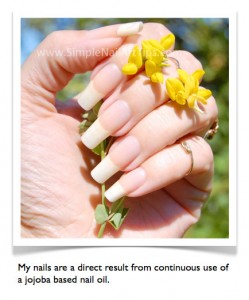
Doesn’t it seem to make sense to you that if our sebum traps the moisture produced inside our skin to keep it soft and flexible, that we would want to replace sebum with a similar “wax ester” rather than a plant oil that just sits on top of our skin?
Nail oils with a high percentage of jojoba are actually the best for treatment of dry skin around our nails. The jojoba also increases nail flexibility and strength.
Pure Nail Oil™ is the only nail oil on the market with an extremely high percentage of jojoba. There is a synergistic relationship between the oils and jojoba in Pure™ making it more effective than anything you have experienced before.
What I love about Pure™ is that you get immediate results, and those results get progressively better with continued use.
Other cuticle oil companies say you shouldn’t expect to see any results for one and a half weeks!
Why should you wait so long?
Customer after customer is showing dramatic changes in their nails and dry skin in only 3 days when using Pure™. This will happen for you too.
The Simple Solution
The solution is quite simple? Put the oil back in your nails.
If you liked this article . . . please share!
*Disclaimer: The actual science of the relationship of water, oil and keratin is way too complicated to explain with 100% accuracy in a simple fashion. Science is complex. My descriptions are meant to create a picture that is easy to understand for those who could never make sense of Chemistry and Physics in high school or university.
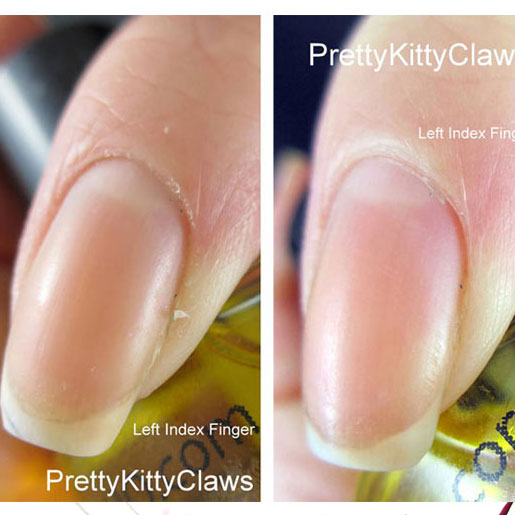
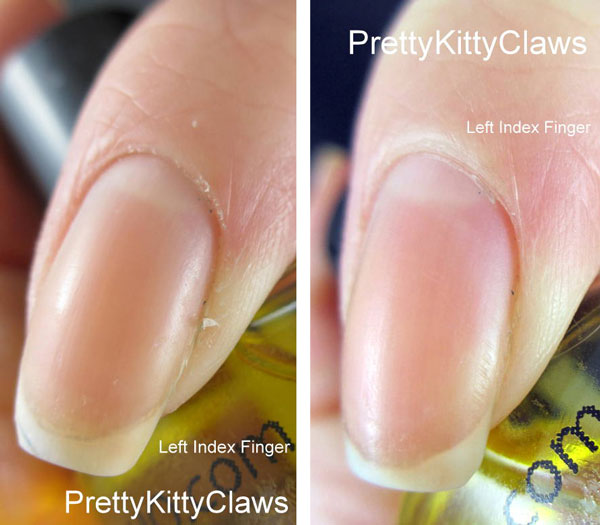
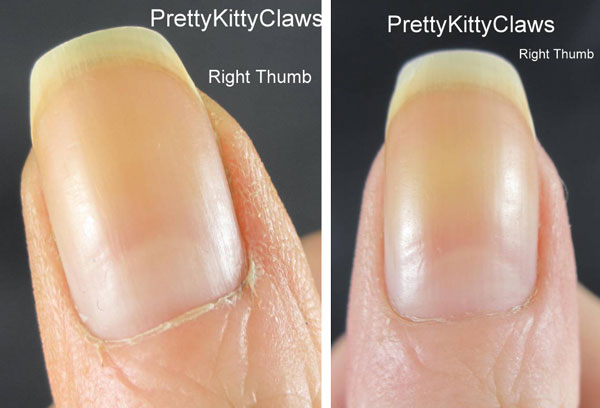



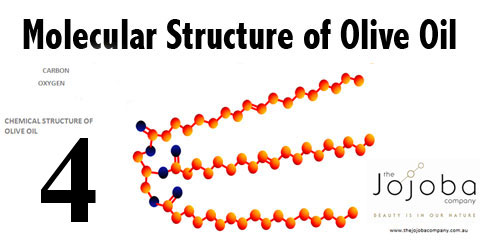
Fabulous!! I’ll be sharing this often. Perfectly explains why jojoba is the only way to go, and why Pure™ really works!
Thank you so much Kimber. Just send them to your page first so they can see your unbelievable results. I still can’t get over the change. Your pictures are phenomenal. https://www.nailcarehq.com/KimbersResults